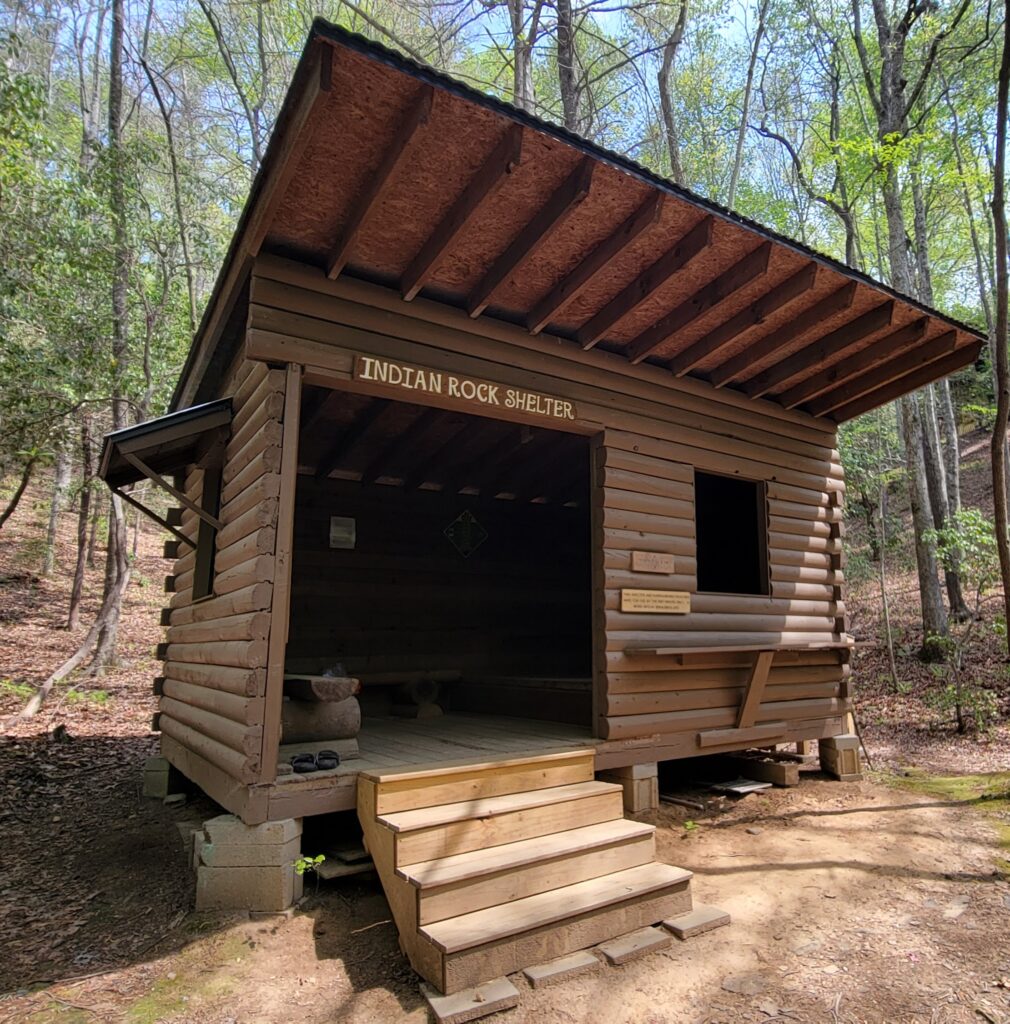
For many long-distance hikers, the idea of thru-hiking conjures images of communal evenings at trail shelters, swapping stories with fellow travelers as a campfire crackles nearby. While that experience is a hallmark of trails like the Appalachian Trail (AT), the Benton MacKaye Trail (BMT) offers a distinctly different, often more solitary, adventure. If you’re looking to truly immerse yourself in the wilderness and hone your self-sufficiency, the BMT’s emphasis on dispersed camping might be exactly what you’re seeking.

The most significant difference you’ll encounter on the BMT compared to trails with frequent shelters is the camping style. While the AT boasts a system of lean-tos spaced roughly a day’s hike apart for much of its length, the BMT has very few dedicated shelters. There are only three along its nearly 300 miles. Notably, within the Great Smoky Mountains National Park, camping is restricted to designated backcountry campsites and shelters by permit, and this is where you’ll find the Laurel Gap Shelter. Near Fontana Lake, BMT hikers have permission to use the Fontana Hilton AT shelter. Further south, near the town of Cherry Log, Georgia, lies Indian Rock Shelter, situated within the Cherry Log Mountain community. However, for the vast majority of the BMT, you’ll be operating under a dispersed camping model.
This means that for the bulk of the BMT’s length, you’ll be finding your own campsite. This requires a different skillset and mindset than shelter-hopping. Instead of aiming for a predetermined structure, you’ll be looking for a suitable, Leave No Trace-compliant spot to pitch your tent each evening. This could be a flat area in a forest, a small clearing near a water source (remembering to camp at least 200 feet away), or a spot with a view that calls to you.
The freedom to choose your own “bedroom” under the stars is a profound aspect of the BMT experience. It allows for a deeper connection with the natural world and often provides a greater sense of solitude. You’re not tied to a shelter’s location or potential crowdedness. However, this freedom comes with responsibility.
Use designated campsites where possible. The BMTA has established campsites with fire rings near many water sources. Please do not establish new fire rings and use fire responsibly.
Leave No Trace is paramount on the Benton MacKaye Trail. With dispersed camping, the potential for human impact is spread across the landscape rather than concentrated at designated sites. This makes adhering to Leave No Trace principles even more critical. This includes:
- Plan Ahead and Prepare: Know the regulations for the areas you’ll be hiking through, especially within GSMNP where permits for designated sites/shelters are required. Understand the terrain and potential water sources.
- Travel and Camp on Durable Surfaces: Pitch your tent on established campsites where available, or on durable surfaces like bare ground or rock that are at least 200 feet from water sources and trails. Avoid camping on vegetation.
- Dispose of Waste Properly: Pack out everything you pack in, including all trash and food scraps. Bury human waste in a cathole 6-8 inches deep and at least 200 feet from water, trails, and camp.
- Leave What You Find: Do not disturb plants, rocks, or other natural objects.
- Minimize Campfire Impacts: Check for fire restrictions. Use established fire rings where permitted, or consider using a lightweight stove instead of a campfire. Ensure any fire is completely out and cold before leaving.
- Respect Wildlife: Observe wildlife from a distance and never feed animals. Store food securely to prevent attracting bears and other critters.
- Be Considerate of Other Visitors: Keep noise levels down and respect the solitude of others.

While the BMT offers a more rugged, primitive camping experience, its proximity to various towns and access points provides flexibility for hikers. Unlike some truly remote trails, the BMT intersects with roads at numerous points, allowing for relatively easy resupply stops or section hiking logistics. Towns like Cherry Log, where Indian Rock Shelter is located, serve as convenient points to restock supplies.
This accessibility also opens the door for hybrid hiking options. You don’t have to commit to a full thru-hike or even a continuous section hike if that doesn’t fit your schedule or preferences. Many hikers choose to tackle the BMT in smaller segments. This allows for the possibility of combining a few days of dispersed camping wilderness immersion with the comfort and convenience of a stay in a nearby trail town. Imagine hiking a challenging section, then emerging near a town like Cherry Log to enjoy a hot shower, a meal at a restaurant, and a restful night in a rental cabin or hostel before returning to the trail. These hybrid trips offer a fantastic way to experience the beauty and challenge of the BMT while still having access to amenities and a chance to recharge. See our “Exploring Charming Towns” blog post for more ideas!

Whether you choose to thru-hike and embrace the full dispersed camping experience, section hike, or opt for a hybrid adventure, the Benton MacKaye Trail promises a rewarding journey through the stunning landscapes of the Southern Appalachians. Be prepared to carry your shelter on your back for most of the journey, practice Leave No Trace diligently, and savor the solitude and connection with nature that this unique trail offers.

